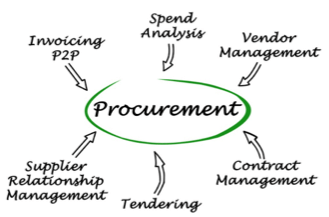Probably you have seen this quote passing by several times on your LinkedIn feed:
“CFO says: What happens if we invest in developing people & they leave us?
CEO responds: What happens if we don’t & they stay?”
Now I ask you: How do you make sure your investments in learning & development are effective and pay off? Simply put: How do you make it stick?
The major pitfalls of sales trainings are the following:
- Lack of reinforcement
- Lack of engagement
- Lack of business relevance
Competency does not come from periodic, one-time training. According to Ebbinghaus’ Forgetting Curve, learners forget 90% of what they learn from an event-based approach within 30 days, with most of the new material being forgotten within the first few hours after the training.

True though; there is not a single, absolute learning curve. Several factors contribute to learning retention, like individual ability and prior knowledge. But the risk of forgetting fast is real for most of us.
A first solution to promote knowledge retention is spaced learning (1). In short, i.e. multiple training opportunities. Many figures like this one show how less is forgotten after each review.

Repetition is indeed the mother of learning. We also notice great results by combining spaced learning with micro-learning (2)! Micro-learning breaks down complex courses into smaller manageable learning content. Not only do we enhance retention rates through repetition, but we also speed up the learning process because trainees avoid the phenomenon of mental fatigue.
Of course, transfer to the job (3) is equally as important. In the end you are aiming for measurable business results, are you not? Knowledge of concepts is one thing, the capability of applying them another. So, if you want to see impact on your sales results and implement lasting positive change, you will want to change habits and behaviors.
That is where the design of the training matters and on-the-job learning and coaching come into play. Think about group coaching, peer learning, in the field coaching done right (i.e. where the coach does not intervene) and using mobile technology with scenario-based challenges.
By genuinely including your team in continuous training opportunities, you can make lasting changes in sales behaviors and positively impact performance.
Next, make sure trainings are relevant to the business and your team’s objectives (4).
Do you remember those compulsory courses you had to follow in school which were nowhere close to your field of interest? Probably not your absolute best. It is the same with business training. Making it business relevant and aligned to individual and team objectives will generate higher engagement, increase on the job practice, and generate tangible results.
A good way to gauge this, is whether people within your sales team take ownership of their day to day activities and proactively ask for feedback about their successes and challenges, encountered while consciously trying to apply what they have learned.
Finally, think about building a performance dashboard (5) measuring proficiency, adoption, and the link to commercial performance. It will enable you to do two things:
- See how competency levels are evolving within the group in order to put your time and effort where it matters most
- See the direct link between your investments in L&D and business results.



 Nicolas Dejehansart
Nicolas Dejehansart

 Eliseo Manfron
Eliseo Manfron









